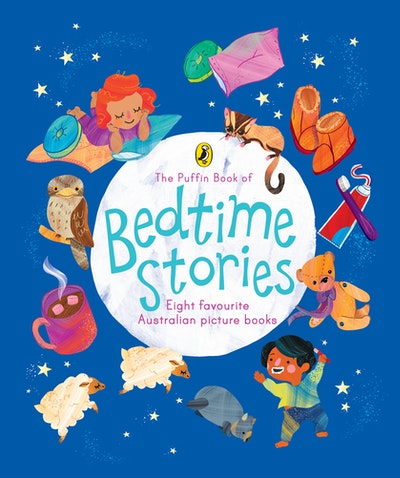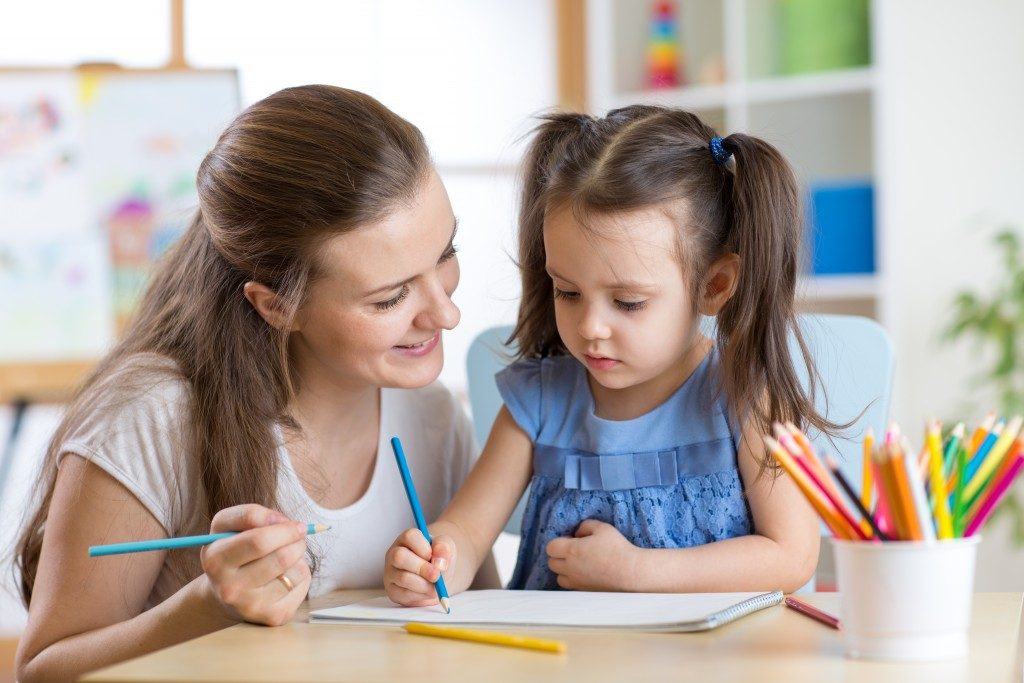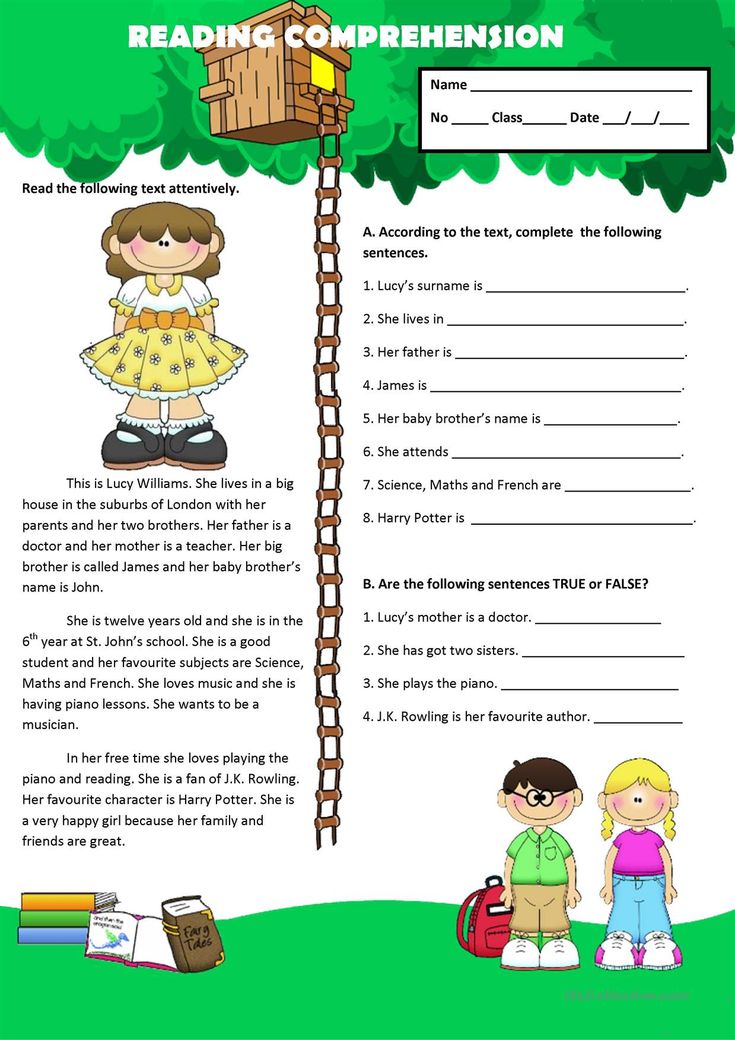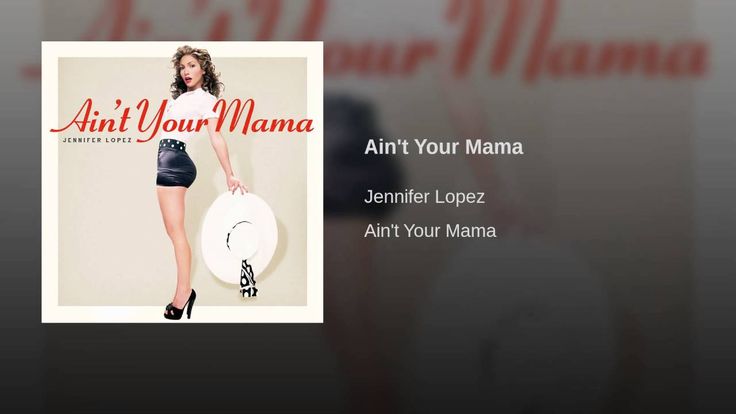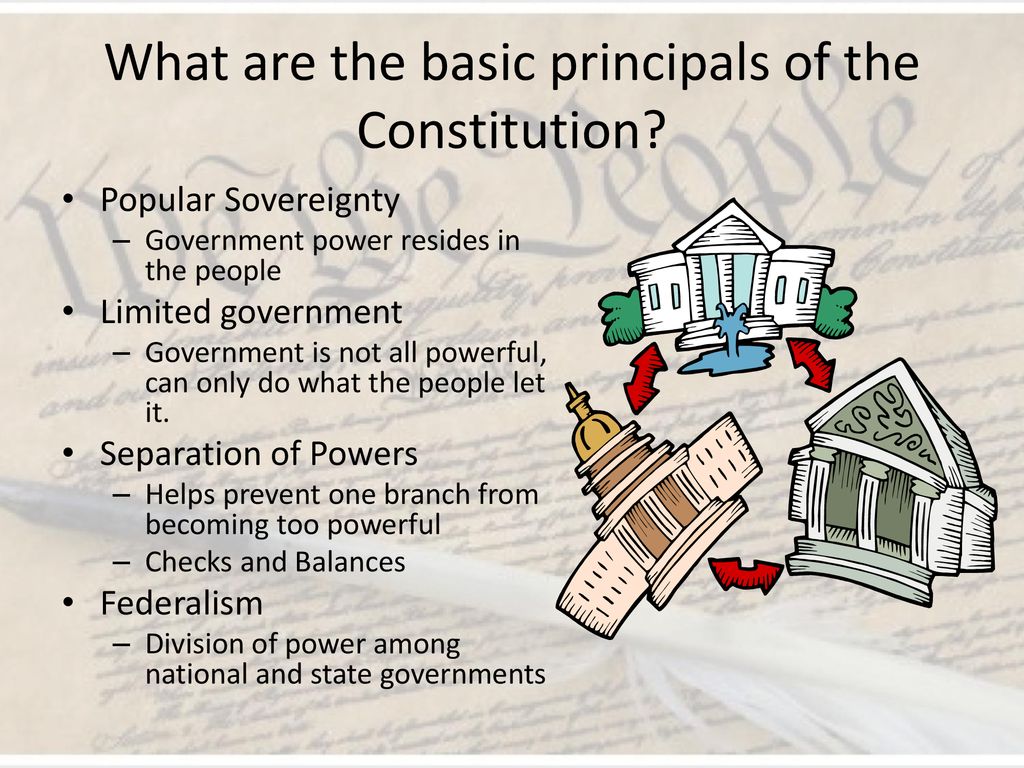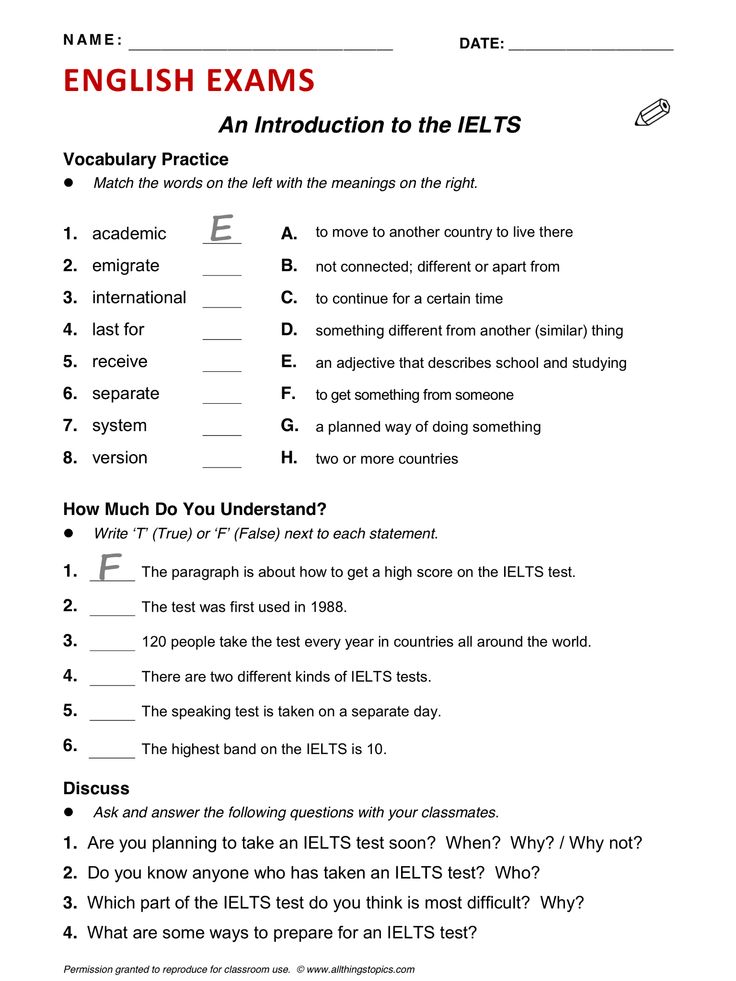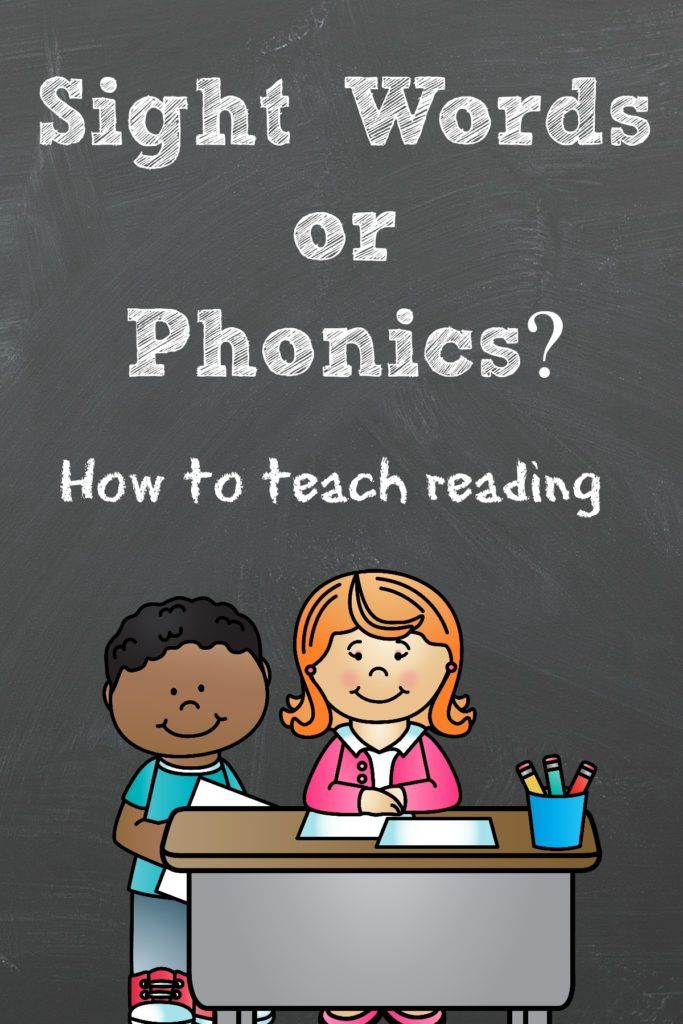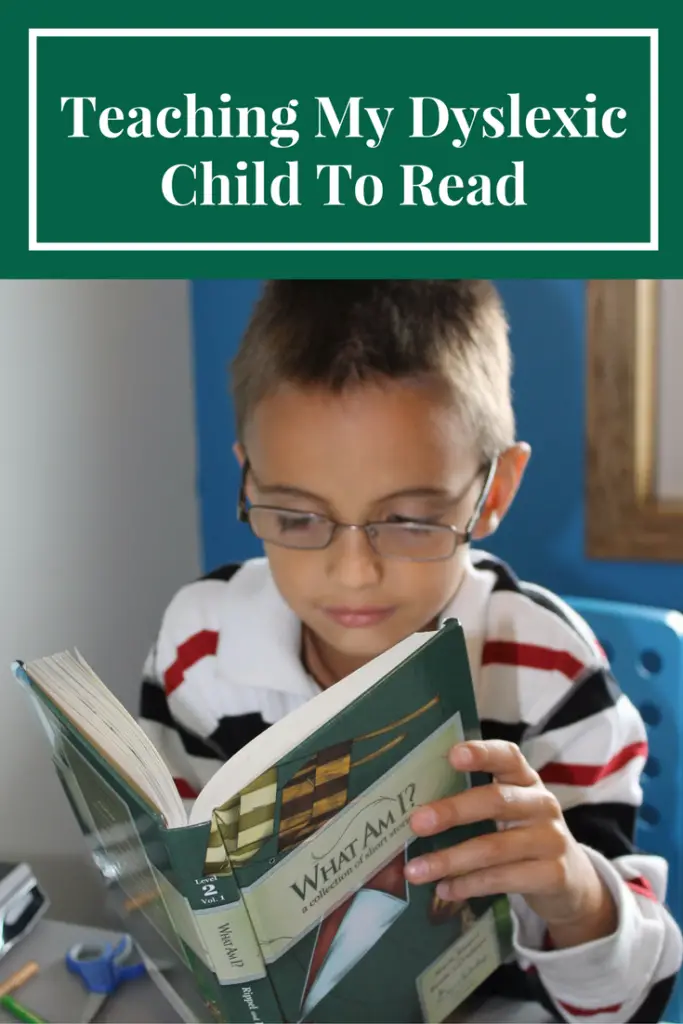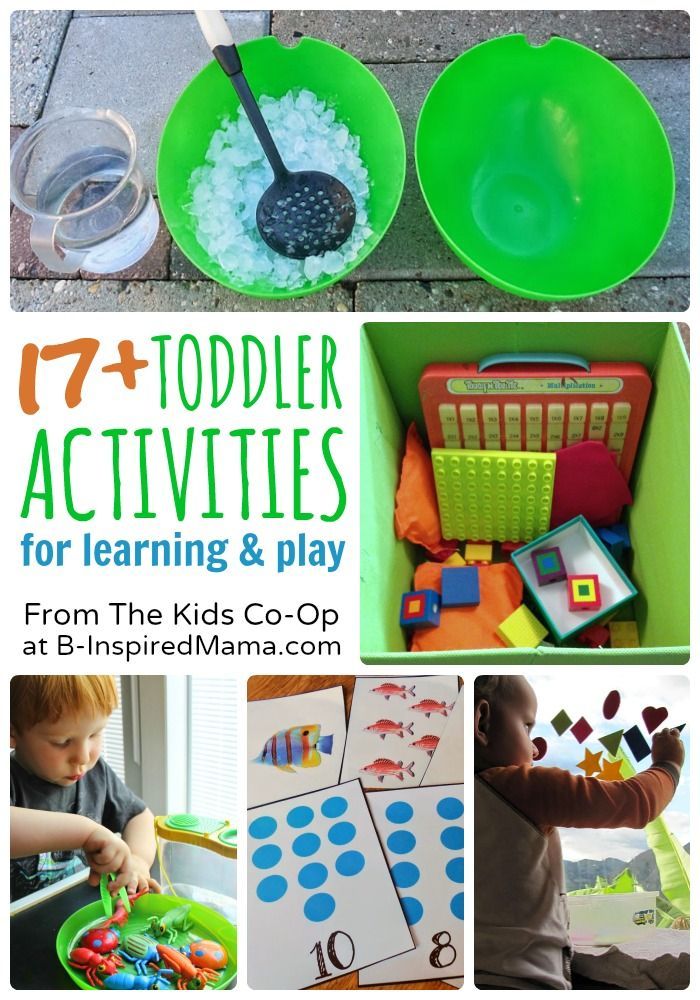Creative activities with children
Creative play & activities for children
Creative activities: why they’re important for school-age learning and development
School-age children usually take a keen interest in creative activities. This is great because creative activities like drama, singing, dancing, art and craft help school-age children:
- develop creativity and imagination
- build confidence
- express emotions, thoughts and ideas in verbal and non-verbal ways
- learn about the world from someone else’s point of view
- practise decision-making, problem-solving and critical thinking
- practise and improve social skills
- develop physical and motor skills.
Encouraging school-age children to enjoy creative activities
You can encourage creative activity by giving your child free time to play and stepping back from your child’s play. Even boredom can encourage children to be creative. So can relaxation – for example, lying on the grass and watching the clouds change their shape.
It’s important for your child to enjoy and think about the process of creating things. You can help this happen by encouraging your child to share artworks and creative activities with you and your family. It’s always best to check with your child before sharing their artwork with other people, especially on social media.
When your child is creating something, it’s good for them to keep experimenting and changing their artworks until they feel they’re finished.
You can encourage this by:
- asking about their process – for example, ‘Tell me how you attached the wheels to the bus’
- suggesting ways to experiment – for example, ‘Show me how many sounds you can make with the drum’
- being available to help if they need it – for example, ‘I can hold that shape while you paint around it’.
If you can give your child a workspace or storage box for their unfinished projects, that’s great too.
Whatever artwork your child comes up with, you can encourage their effort with plenty of descriptive praise.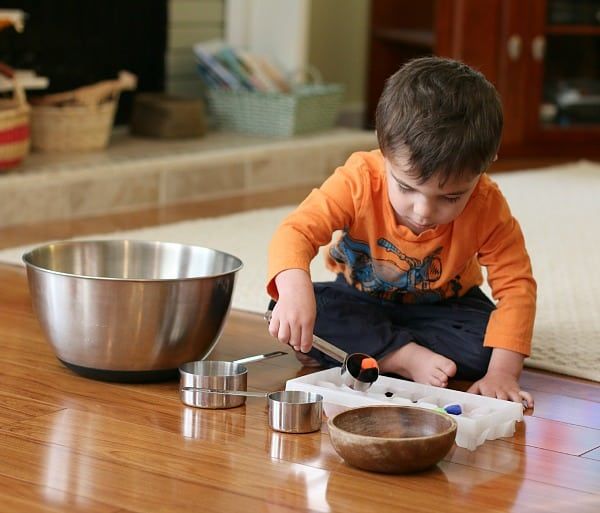 For example, ‘I like the rhyming words in your song’. This is great for your child’s confidence.
For example, ‘I like the rhyming words in your song’. This is great for your child’s confidence.
Some children are more interested in creative activities than others, so you can’t really ‘teach’ your child to enjoy these creative activities. But you can pass on a positive attitude to them.
It’s good to include some ‘art appreciation’ in your child’s life. Why not visit a local art exhibition or see a multicultural or Aboriginal dance or theatre performance together and talk about your favourite parts?
Art and craft: creative activities for school-age children
At this age, children have a solid understanding of colour, shapes, patterns and details. Where your child used to draw scribbles and squiggles for trees and flowers, now you can see leaves, branches, trunks and petals.
School-age children are also figuring out different ways to make things – they don’t need parts pre-made for them. For example, they might draw and cut out wings for a craft butterfly, or they might make wings from scrap paper and leaves.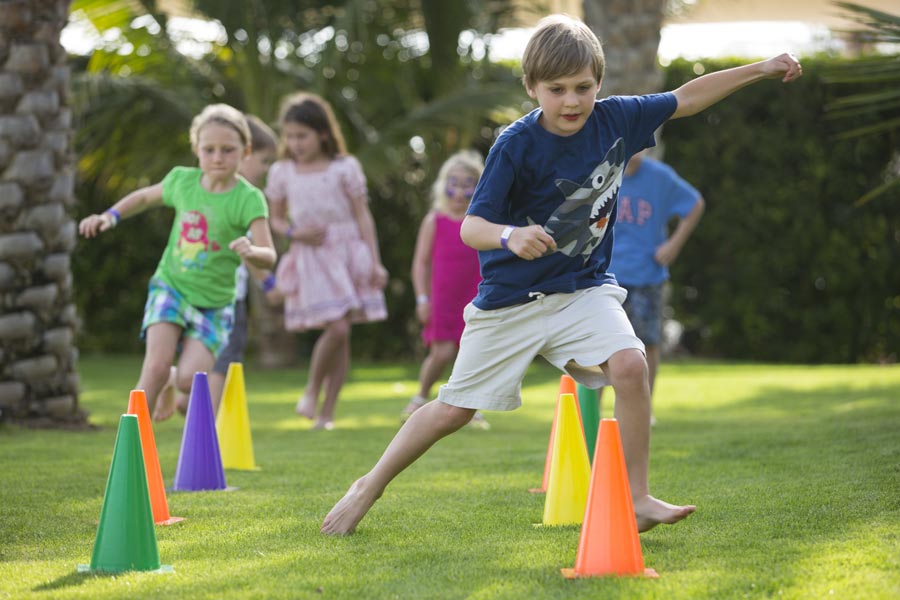 Younger school-age children might still need your help to get started.
Younger school-age children might still need your help to get started.
Here are some ideas for creative art and craft activities:
- Get your child to build and decorate a cubby house out of cardboard boxes or natural materials like tree branches.
- Play with textured paint. Encourage your child to add sand, dirt or sawdust to paint and use this to decorate boxes or make paintings.
- Make invisible ink out of a mixture of lemon juice and water. Your child can write a secret message with the ink. When it’s dry, they can hold the paper up to the light and see the message reappear.
- Find a large cardboard box and see what your child can come up with. It could become a robot costume, plane, puppet theatre and so on.
- Combine drawing, painting or clay-making with digital media. For example, make a clay model or a sculpture out of sticks and take photographs of it. Your child can use these photographs to make up a story.
- Go on a nature walk and take nature photographs.
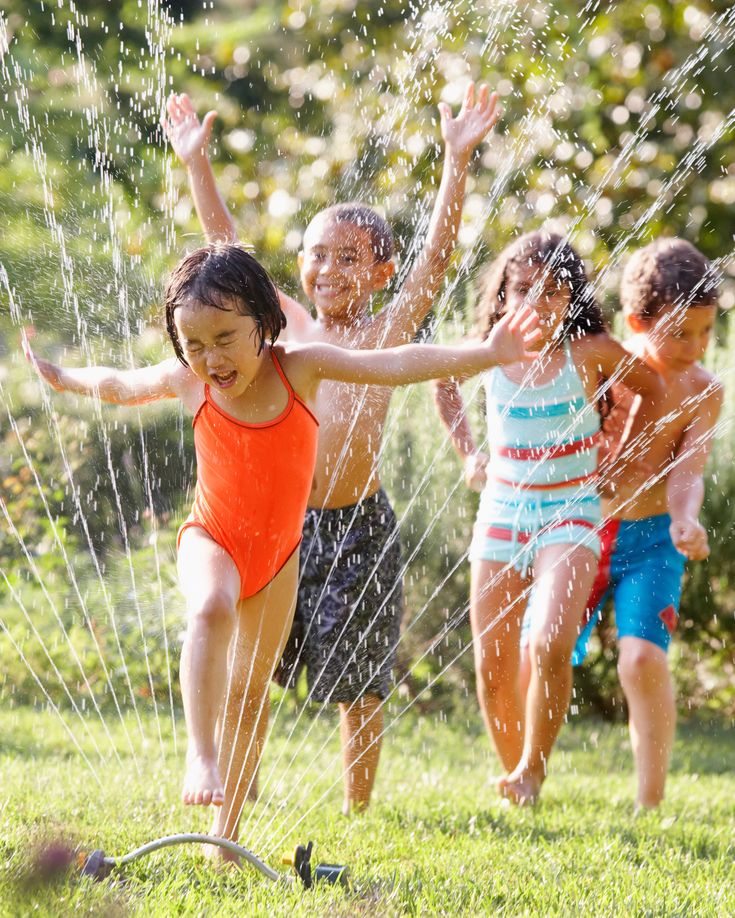 Create a story, photo album or map with the photos using an app or a software program.
Create a story, photo album or map with the photos using an app or a software program. - Create digital artwork using software programs or apps.
Creative writing is a great way for your child to express emotions and explore ideas. For example, your child might make up new words or riddles, write and illustrate a family story book, write a script for their favourite TV show, or start a journal or blog about their favourite subjects or activities.
Drama: creative activities for school-age children
School-age children often make up and act out their own stories using simple props. Sometimes they act out events from daily life, movies and TV shows. Or you might notice your child acting out the lyrics as they listen to music or watch music videos. Also, children might act out roles like a caring vet or a police officer.
These dramatic activities give children the chance to work out real-life problems, like what to do when a person or a pet is sick or someone is angry.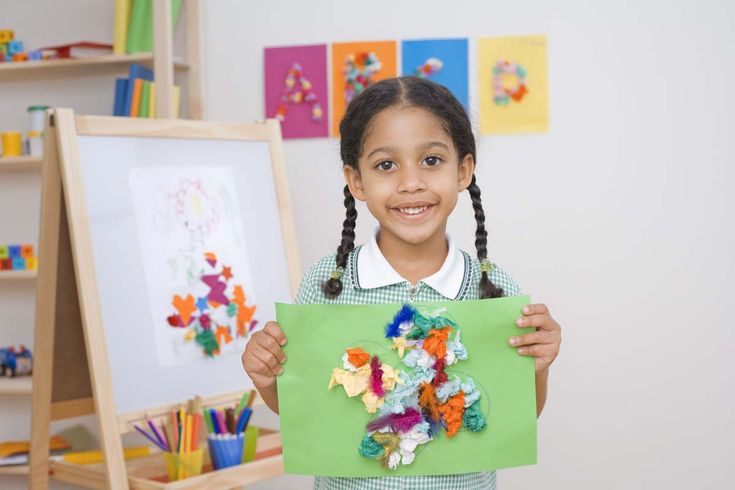 They also encourage children to see the world from someone else’s point of view, which helps to build empathy.
They also encourage children to see the world from someone else’s point of view, which helps to build empathy.
Here are some ideas to get your child involved in dramatic creative activities:
- Start a dress-up box. Use old clothes or buy simple props like cooking utensils from op shops.
- Make simple puppets and put on a puppet show.
- Take turns making up a story. You could begin with a simple situation and take turns saying what happens next. The longer the game continues, the more imaginative the story can be. If you need help to get started, you could try roll-a-story.
- Video a play or performance. Your child could write the script and make the costumes, then video themselves using a smartphone or camera. They can edit and add special effects with software or apps.
- Play games that involve guessing and acting, like charades and Pictionary. Your child could also make up their own set of flashcards with words to act out or draw.
Diversity in play is good for children. It helps children learn about people from diverse backgrounds, avoid stereotypes and understand equality. For example, you could encourage children of all genders to dress up as nurses or builders. Or choose stories or songs from diverse cultures or languages.
It helps children learn about people from diverse backgrounds, avoid stereotypes and understand equality. For example, you could encourage children of all genders to dress up as nurses or builders. Or choose stories or songs from diverse cultures or languages.
Music, sound, movement and dance: creative activities for school-age children
Your child might enjoy making music, either copying songs they know or making up their own. Your child might also be keen to experiment with volume, echo, rhythm, tempo and pitch. And they might be ready to use musical symbols and notes to learn how to play a piece of music.
Also, at this age, children can often control and move their bodies in expressive ways. You’ll probably see your child moving more in time with music. Or your child might start making up dance sequences to popular music or songs.
Here are some ways for your child to get creative with music, sound, movement and dance:
- Let your child play or make sounds using bought instruments or instruments you already own.
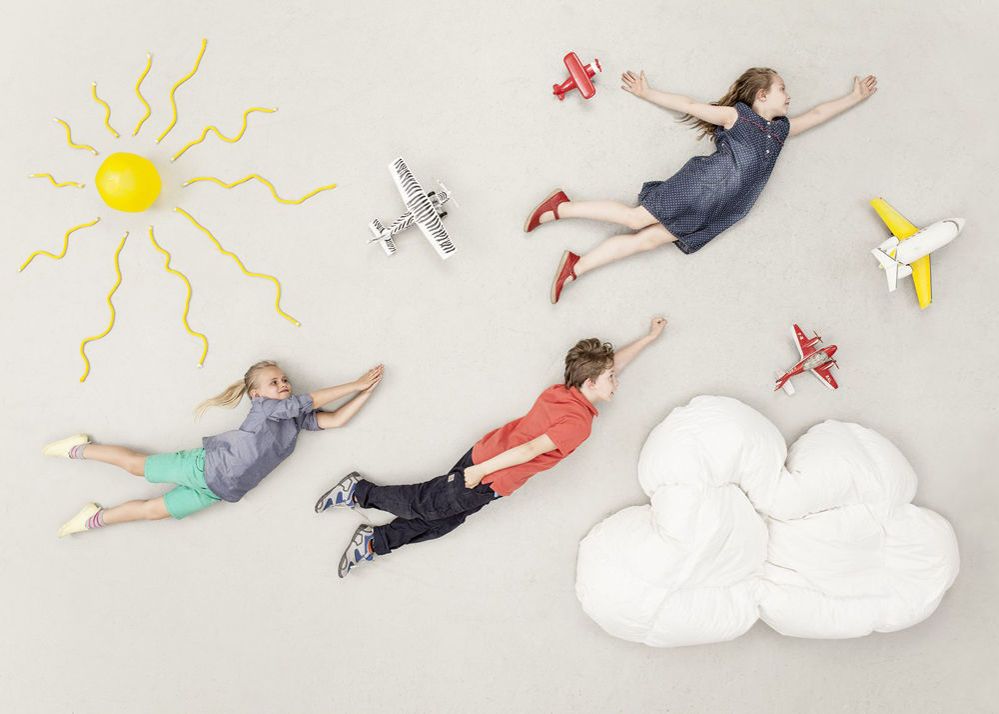 Encourage your child to try different volumes, tempos and rhythms, or copy the way you play.
Encourage your child to try different volumes, tempos and rhythms, or copy the way you play. - Listen to the musical pieces Peter and the wolf and The carnival of the animals, which use different instruments to represent different animals. Guess what animal the music represents, copy the sounds and make up movements to go with the music.
- Encourage your child to hum a favourite song, and try to guess what they’re humming. You can have a go too.
- Use body percussion with singing. You and your child can tap your shoulders, knees or elbows to the beat of a song.
- Play with music apps that allow your child to make songs and beats using the sounds of different instruments.
- Dance to different rhythms and music. Or make up dance sequences about people, animals, machines, plants – whatever interests your child. Your child can teach you some dance moves too.
If your child wants to learn a musical instrument, encourage them to listen to a range of instruments and musical styles so they can work out what interests them the most. For example, play orchestral music, electronic music and popular bands. Or go to see different live music acts at a local festival.
For example, play orchestral music, electronic music and popular bands. Or go to see different live music acts at a local festival.
Creative activities for children with diverse abilities
You can adapt creative activities to suit school-age children with diverse abilities. For example, if your child:
- needs help with creative play skills, you could model simple actions – for example, show your child how to growl like a monster or bang a drum, or break down the activity into easier steps or use written or picture instructions to help your child understand what to do
- has sensory sensitivities, give your child tools to touch things like playdough, play music more quietly or introduce new textures and colours slowly
- has vision impairment or fine motor difficulties, use larger materials and tools – for example, make collages with large oak leafs instead of petals, or use chunky crayons instead of pencils
- has a lot of energy, encourage bigger movements like jumping, swaying arms, stretching, crouching or shaking
- has limited mobility, collect play materials for your child and put them within easy reach.
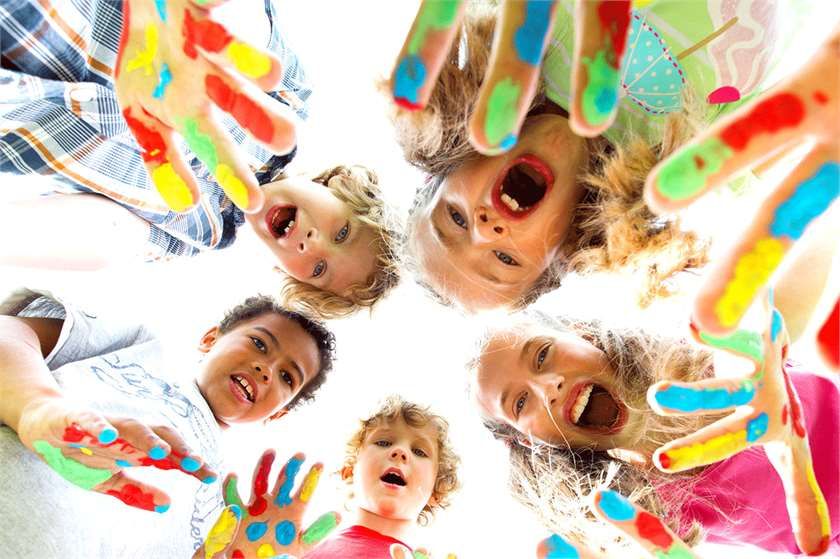
15 Fun and Exciting Creative Activities for Kids
As any mother would know, it is hard to keep your child occupied for long periods of time. Children usually have a notoriously small attention span, making it difficult for their caretakers or parents to breathe in peace. It is especially beneficial to have some activities lined up for your child if you crave some time to yourself and also want to help your child improve in the meantime.
Video: 7 Fun and Exciting Creative Activities for Kids
Activities for children have to be chosen carefully, as a lot of their mental and intellectual growth depends on what they do during the formative years. An exercise that can work the brain while also intellectually stimulating the child can have a telling effect on their development. Therefore, it is imperative that parents choose the activities that their children do with great care.
Therefore, it is imperative that parents choose the activities that their children do with great care.
Fun Creative Activities for Children
Here are some of the best creative activities for children:
1. Cut and Glue
Using scissors is an activity that all children take some time to learn and is an important motor skill too. This is one of the creative craft activities for kids which helps them build their creativity and also create memorable pieces of art.
What You Will Need:
- A pair of scissors
- Coloured paper with predetermined shapes
- Glue
- Drawing paper
How To Perform:
- Encourage the child to cut through the predetermined shapes on the coloured paper.
- You can start with simple shapes and make them complex once your child gets a hang of it.
- Let him stick the cutouts on the drawing paper to create an artwork.
2. Sticker Fun
Stickers were some of the best aspects of all our childhoods, and they also have beneficial effects on the child. Stickers help build motor skills, as the child concentrates on peeling it off without damaging the paper body, and it also teaches them to be patient.
Stickers help build motor skills, as the child concentrates on peeling it off without damaging the paper body, and it also teaches them to be patient.
What You Will Need:
- Stickers
- Drawing Paper/ or a book
How To Perform:
- Give a wad of stickers to your child, and encourage him to peel them off and stick them the way they like in a book or on a drawing paper.
- This helps build their creativity, and the resulting artwork is sure to be one to keep for ages.
3. Raised Salt Painting
A tried and tested favourite among children, salt painting is ridiculously fun to do and also an activity that helps improves the child’s creativity. Salt painting can bring out a real potential for art among children, no matter how disinterested they seem at first.
What You Will Need:
- Epsom Salt
- Food colour in varied colours
- Glue
- Drawing paper
- Pencil
- Paper plates
How To Perform:
- On a paper plate, add a few drops of food colour on some Epsom salt and mix.
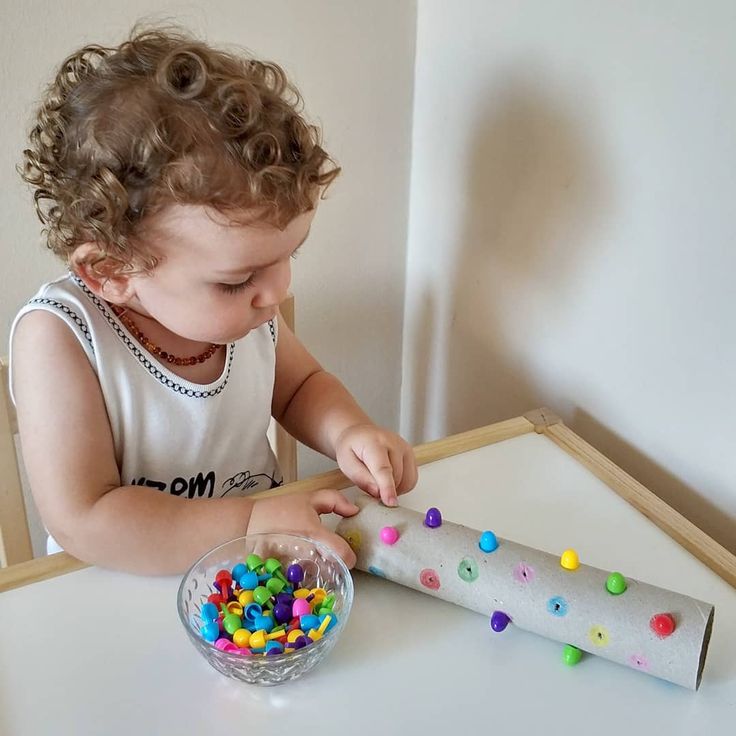 Repeat this process for all the colours the child wants.
Repeat this process for all the colours the child wants. - Let your child draw his favourite shapes and patterns on the drawing paper.
- Help him apply glue on the designs and then pour the coloured salt over the glued areas.
- Let it dry.
4. Drawing With Oil Pastel
Although it is not strictly an activity meant for children, oil pastel painting is highly stimulating and also fun to do. Encourage your child to draw various shapes on a canvas, and fill it in a variety of ways.
What You Will Need:
- Oil pastels
- Drawing paper
- Baby oil
- Cotton buds
How To Perform:
- Let your kid draw his favourite things on a drawing paper with the oil pastels and fill in the colour. Encourage him to make as many shapes as he wants.
- For a fine, painting-like art effect, give him some baby oil and help him smear it on the painting with a cotton bud.
- The baby oil can make any art look vibrant and deserving of being hung on the refrigerator.
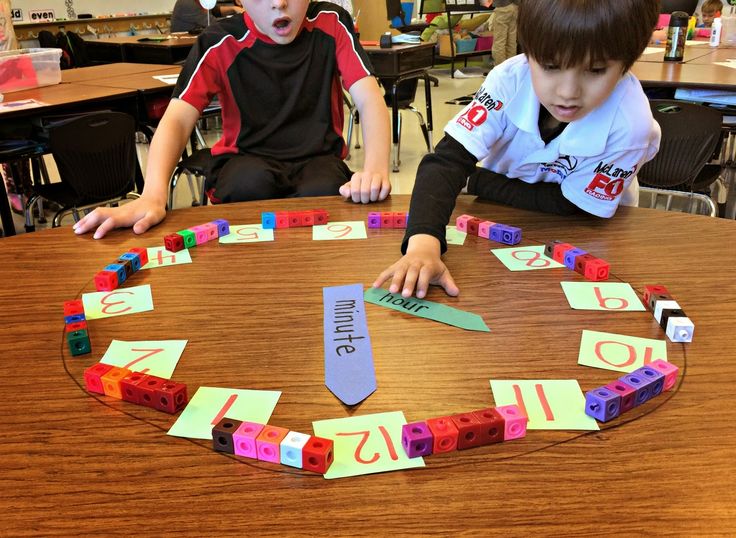
5. The Back-And-Forth Drawing Game
Creative games for kids, such as this one, require active participation from the parent, and can greatly help in bringing your child closer to you. This game involves drawing a common image alternatively, so children are forced to think on their feet and make stuff up as the game progresses. This stimulates creativity in your child, as the game becomes harder with each step.
What You Will Need:
- Colour pencils/ crayons
- Drawing paper
How To Perform:
- Start by drawing an unassuming picture on a paper, and pass it onto your child.
- The child is to add something of his own accord to the image.
- Both of you then proceed to build on the drawings of the previous person.
6. Playdough Modelling
Playdough has been a mainstay in toy stores for ages. Not only is it cheap, but it is also a highly fun and creative item to play with. Creative art activities for preschoolers, like this one, are simple. Just provide some playdough to your child, and let his imagination take over. Soon, the child will be seen making shapes of increasing complexities. Playdough easily stimulates the brain and makes the child think hard to make different shapes.
Just provide some playdough to your child, and let his imagination take over. Soon, the child will be seen making shapes of increasing complexities. Playdough easily stimulates the brain and makes the child think hard to make different shapes.
What You Will Need:
- Playdough
- Poke-ins
- Playdough mats
How To Perform:
- Give your child some playdough and let him make shapes of his choice.
- You may sit next to him and assist or have fun making your own shapes.
- Encourage him to use poke-ins, and playdough mats to make textures on his shapes.
7. Marble Painting
Marble paintings are fun to do and great to look at, so your child is sure to not get bored with this activity any time soon.
What You Will Need:
- Watercolour
- Drawing paper
- Some marbles
How To Perform:
- Encourage your child to dip the marbles in the paint and draw shapes on the paper.
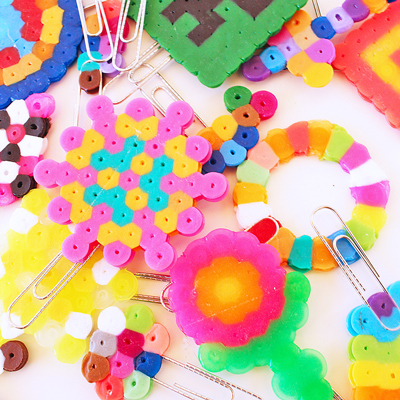
- The child can roll the marbles to create interesting patterns or hold them in between his fingers and carefully draw his favourite shapes.
8. Water Balloon Painting
Water balloon painting is another great way to add new textures and techniques in your child’s activities. With this activity, your child can learn how to play with textures.
What You Will Need:
- Some water balloons.
- Watercolour
- Paper plates
- Drawing paper/ canvas
- How To Perform
How to Perform:
- Start with getting your child to fill some water in the water balloons. You may help them tie the opening so that the water doesn’t spill while he is painting.
- You can have him fill different amounts of water to give him more sizes to experiment with.
- Remove your child’s favourite colours on different disposable paper plates.
- Let your child dip the water balloons in the colour. He can dab the balloons or drag and roll them as he pleases on the drawing paper.
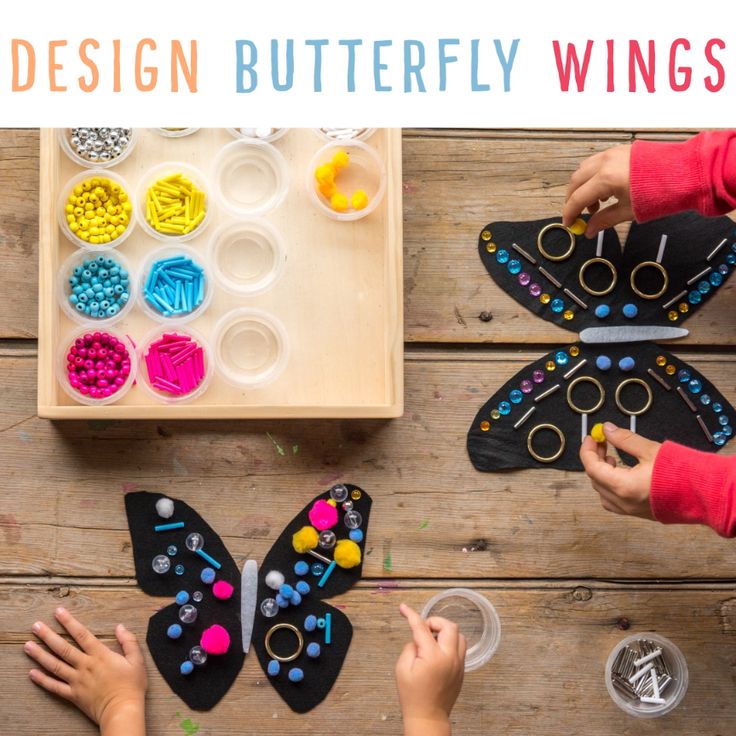
9. Elephant Toothpaste
Elephant toothpaste fits the bill perfectly as one of the best creative thinking activities for kids. Watch your child curiously play with jumbo-sized toothpaste-like substance, which is created out of harmless ingredients.
What You Will Need:
- Safety goggles
- Dry Yeast
- A plastic bottle
- Liquid soap, preferably dish soap
- 6% peroxide
- Edible colour
- Warm water
How To Perform:
- Help your child put on the safety goggles.
- Take some 6% peroxide in the bottle.
- Add dish soap and colour.
- Stir the bottle.
- In another container, take some yeast and add warm water to it.
- Add the yeast mix to the bottle with peroxide, dish soap and colour.
- Step back with your child and watch the mixture lather up and flow out of the bottle in wonderful shapes and forms!
10. Shaving Cream Playdough
For a more interactive creative game for kids, you can choose to make dough out of shaving cream along with your child. Colour the dough in various colours, and watch your child thrive creatively.
Colour the dough in various colours, and watch your child thrive creatively.
What You Will Need:
- 1/2 cup of cornstarch
- 1/2 cup of shaving cream
- Food colour
How To Perform:
- Help your child mix and knead the cornstarch, shaving cream and edible colour together.
- The dough would still look crumbly after a while but will be able to hold shapes.
- Let your child then create desired shapes and patterns with this dough.
11. Making Masks
Making masks can help kids truly think out of the box and use their imagination in creative ways.
What You Will Need:
- A construction plate
- A pair of scissors
- Glue
- Watercolour/ crayons
- A pencil
- Two rubber bands
How To Perform:
- Get your child to mark areas that need to be cut out on the construction plate (for your eyes, nose and mouth).
- Help him cut the plate as per the markings.
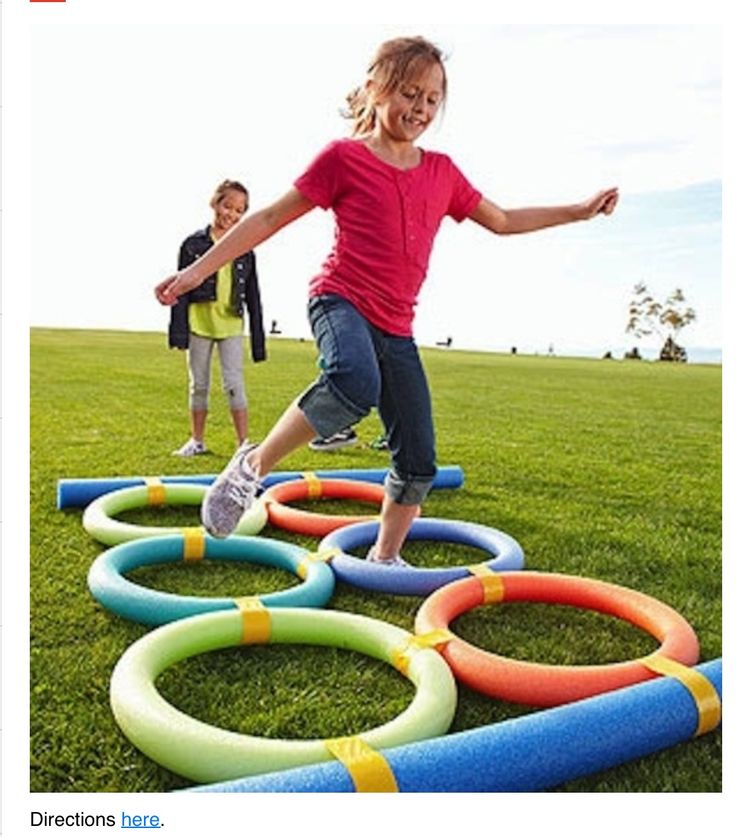
- Now, let your child colour the mask his way.
- Poke two holes on opposite sides of the plate.
- Tie a rubber band on each side, leaving a loop to put on the mask around the ears.
12. Finger Painting
Finger painting has traditionally been one of the messiest activities a child can do, but also one of the most creative.
What You Will Need:
- Watercolour
- Paint palette
- Drawing paper or canvas
How To Perform:
- Spread some newspaper on a table before your child starts painting.
- Remove all the colours he wants and let him paint shapes and patterns of his choice with his fingers.
13. Playing School
Playing school at home may not seem appealing, but believe it or not, your child will turn out to love it soon enough.
Things You Will Need:
- Some stationary
- A roll-up blackboard/ whiteboard
- Some chalk/ whiteboard markers
How To Perform
- Let your child play the roles of whomever he likes; let him choose if he wants to be the teacher or the student, or the principal or the school nurse.
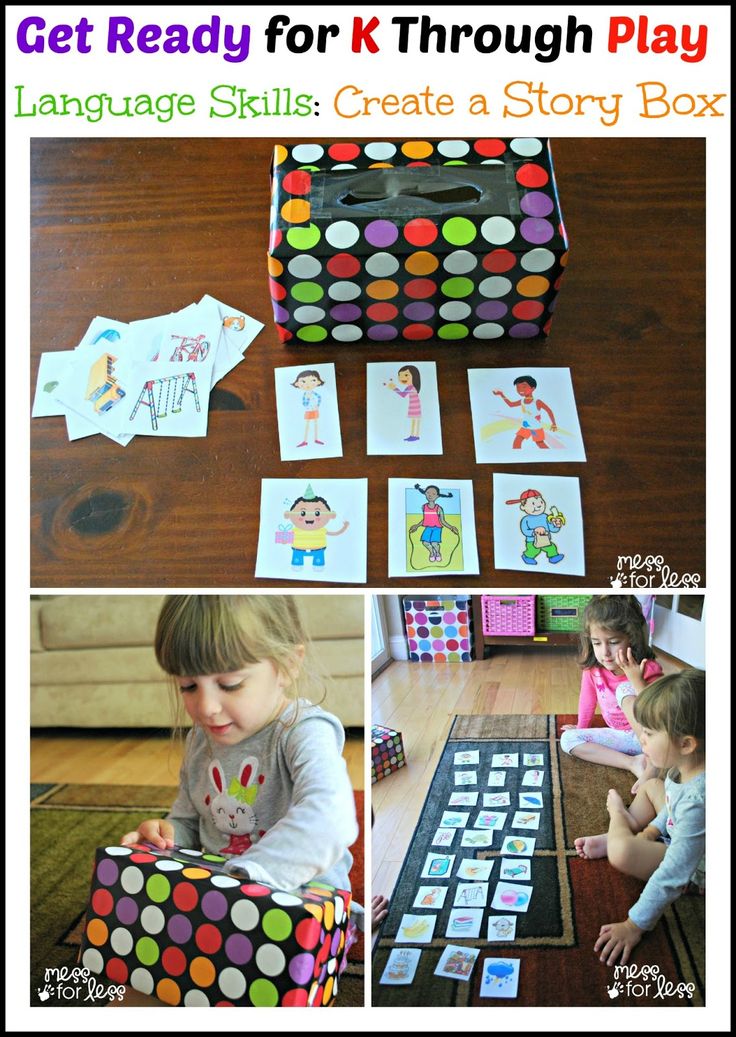
- Make him alternate various roles until he is satisfied with the dialogue and the outcome.
14. Glowing Dough
Children seem to have an attraction towards anything that glows, and glowing playdough is no different. This activity is advisable for older children who can handle being around the stovetop and are exposed to some amount of cooking. Nonetheless, you need to be around them at all times to prevent any accidents.
What You Will Need:
- 4 to 5 cups of water
- 5 cups of flour
- 2 cups of table salt
- 2/3rd cup of vegetable oil
- 2 tablespoon of cream of tartar
- Edible colour
- Glow in the dark paint
- Blacklight
How To Perform:
- On a stovetop and on a medium flame, mix all the ingredients except the edible colour and the glow in the dark paint.
- Let the mixture cook till it starts coming together like a gooey dough.
- Get it off the stovetop and let it cool a bit.
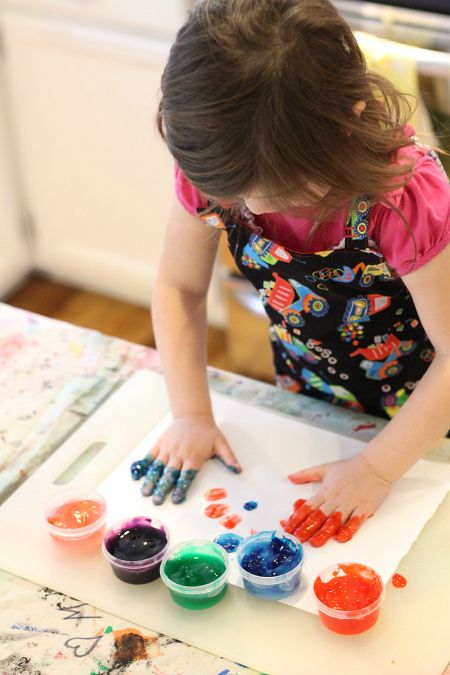
- While it is still a little warm, add the food colour and the glow in the dark paint.
- Knead the dough properly.
- You can store in a ziplock, and whenever your child wants to play, he can have some fun making shapes with the dough with some blacklight.
15. Toy Excavation
To make for a truly memorable evening for your child, excavating toys are a great idea. This can improve their motor and reasoning skills.
What You Will Need:
- Some plastic toys
- Utensils
- Water
- A dropper
- Some saltwater
- Brushes
How To Perform:
- Take enough water in the utensils and drop the toys in them. You may choose to drop one toy in each utensil or all of them in one large utensil.
- Keep the utensils in the freezer and let the water freeze.
- Then, remove the utensils, loosen the ice and drop it in a tray.
- Make your child excavate the toys carefully with the help of some saltwater, a dropper and some brushes.
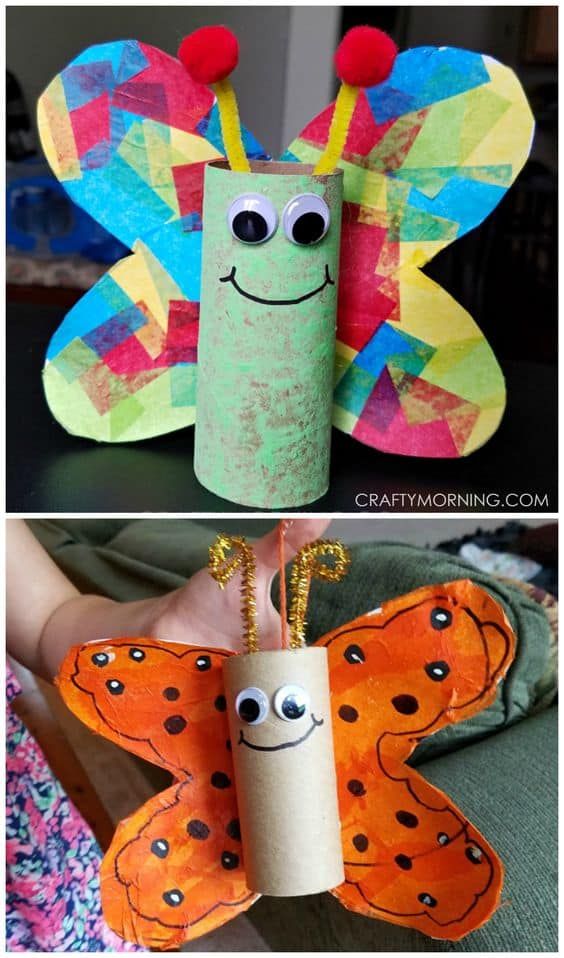
These creative activities will help you keep your energetic toddler happily engaged for long. By trying out these creative activities, his motor skills, reasoning skills, and observational skills will develop. If your child shows interest in craft activities, you can also get him craft kits too. The activities in the craft kits can help your child nurture his talents.
If you’re looking for a box full of activities that can not just keep your little one busy but also provide hours of learning through fun and play, subscribe to Intellikit, a monthly activity box subscription for kids. With interactive activities that ensure all-round development in kids through various types of play, your child will learn something each day while having fun. Subscribe to Intellikit and receive a unique box of fun learning at your doorstep every month!
These interesting activities can truly help your child have fun, learn something new, and also improve their cognitive and motor skills.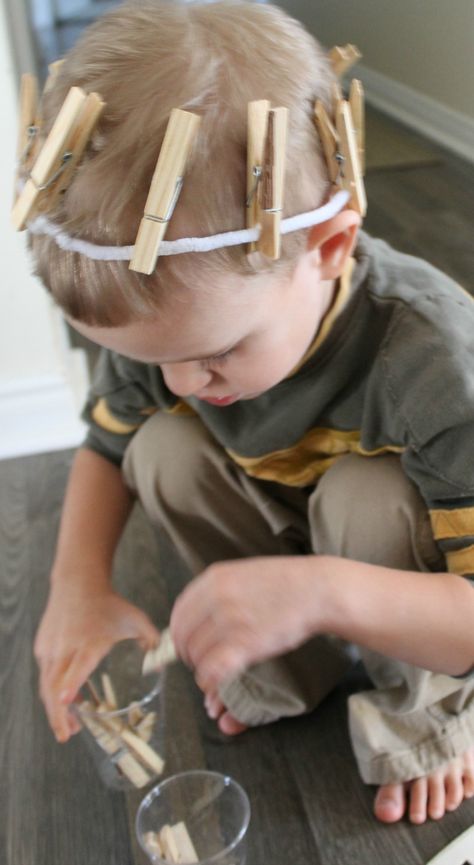
Also Read:
Fun Brain Games for Kids
Waste Material Craft Ideas for Kids
9 ideas for creative activities with children
Irina Balmanzhi
The 500 Creative Ideas Collection contains original games and workshops to inspire your child to draw, build, write poetry and stories, sing, dance and improvise anywhere, anytime. We publish some interesting exercises from the book.
Creativity with babies (2-3 years old)
The kid is interested in everything around. Unquenchable curiosity and a craving for experimentation fuel creativity like nothing else.
Between 2 and 3 years of age is an excellent time to explore creative activities such as music, dance, acting, building with blocks, word art, and writing.
Children at such a young age cannot sit still for more than a couple of minutes. But even these moments of passionate creative pursuits are extremely important.
Flyer Collage
Finally, there is a worthy use for all these flyers and brochures - we will make a bright and original picture out of them!
Resource
You will need:
- Non-toxic markers or crayons
- Cardboard sheet
- Advertising thrown in your mailbox (flyers, brochures, envelopes)
- Non-toxic white glue (PVA glue; use with parental supervision only)
- Child safety scissors
Create with your child! Let everyone create their own collage from scraps and scraps of colorful flyers and complement it with drawings made with felt-tip pens, pencils or crayons.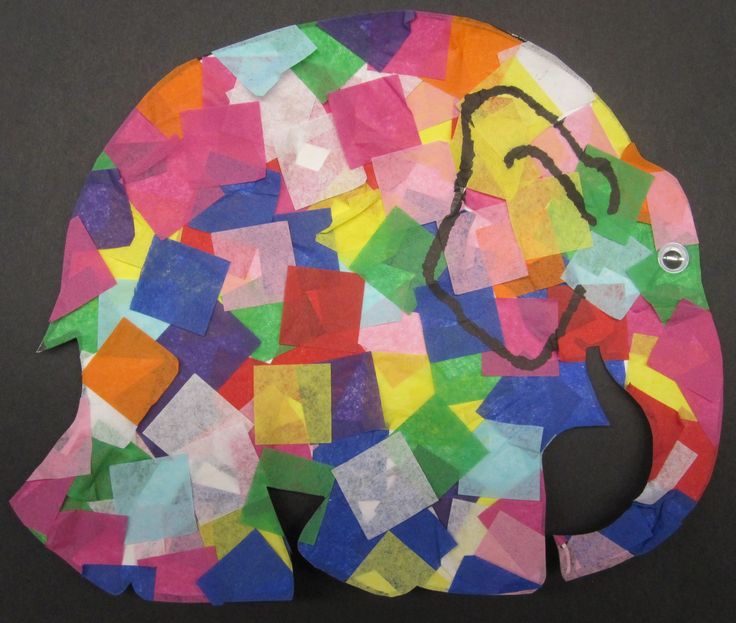
Cardboard city
Baby, mom (or dad, sister, brother, grandma, grandpa, etc.) and a huge box - what an adventure!
Source
You will need:
- 4-6 medium to large cardboard boxes (available at the grocery store, just make sure the boxes are clean)
- Colored paper and tape (to cover boxes)
- Dolls, animal figurines, stuffed animals (“inhabitants” of the houses you will build)
Place the boxes in a large room or take them outside and show your child how to play: build a tower out of boxes, on each “floor” of which toys will “live” - let them sit in boxes. Or line up the boxes. Now let the kid play on his own. What house will he build? Who will he put there?
Basket of fairy tales
To compose an interesting story, all you need is a piece of paper with only one word written on it!
You will need:
- Paper
- Pencil
- Basket
Think of ten words or topics that could be the plot of a fairy tale and write them on slips of paper. On each sheet, you can also draw something or stick a small photo or picture. Fold the leaves in half and throw them into the basket.
On each sheet, you can also draw something or stick a small photo or picture. Fold the leaves in half and throw them into the basket.
Ask your child to take a piece of paper from the basket. Make up a short children's story or story (2-3 minutes) using the word, picture, or story that comes up. The story can be funny and unpretentious, about events and actions that are understandable and familiar to kids from everyday life.
Accompany the story with facial expressions and gestures. Attract interest with your voice: make non-scary sounds, move to a whisper, speak in a high voice or bass.
Creativity with preschoolers (3-5 years old)
Three, four, five years old is a great age for a variety of creative activities. At this time, role-playing games and acting skills come to the fore. Children love trying new materials. They like to play with the constructor. They listen carefully and love to be told funny stories and read children's books.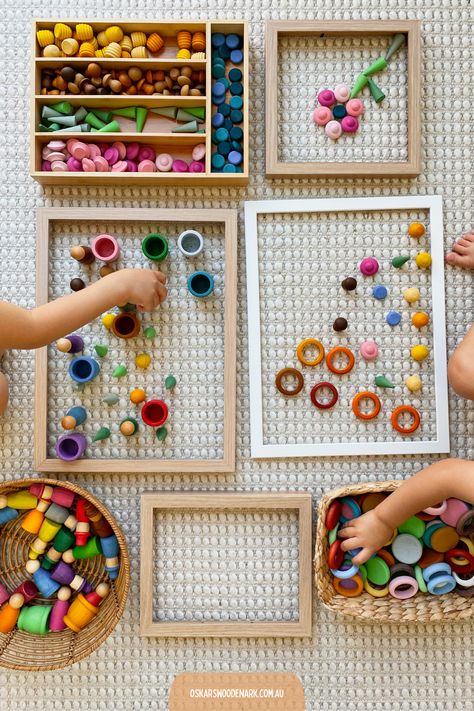 They are attracted to music and dance.
They are attracted to music and dance.
You can do a lot to develop your preschooler's fantasy. Spend more time with him, listen to music, tell stories, put on puppet shows, draw and construct. Over time, creativity will become something familiar, familiar, and after many years your efforts will pay off a hundredfold!
Stick puppets
Take a wooden stick, attach a picture of your favorite character to it, make a costume for him - the stick puppet is ready!
You will need:
- Markers or wax crayons
- Cardboard
- PVA glue
- Fabric scraps
- Wool threads
- Color paper
- Glitter adhesive
- Child safety scissors
- Insulating tape
- Wooden stick (e.g. for ice cream)
Sit next to each other and make your own doll. Draw some character on the cardboard. Decorate the drawing with pieces of fabric, woolen threads and colored paper.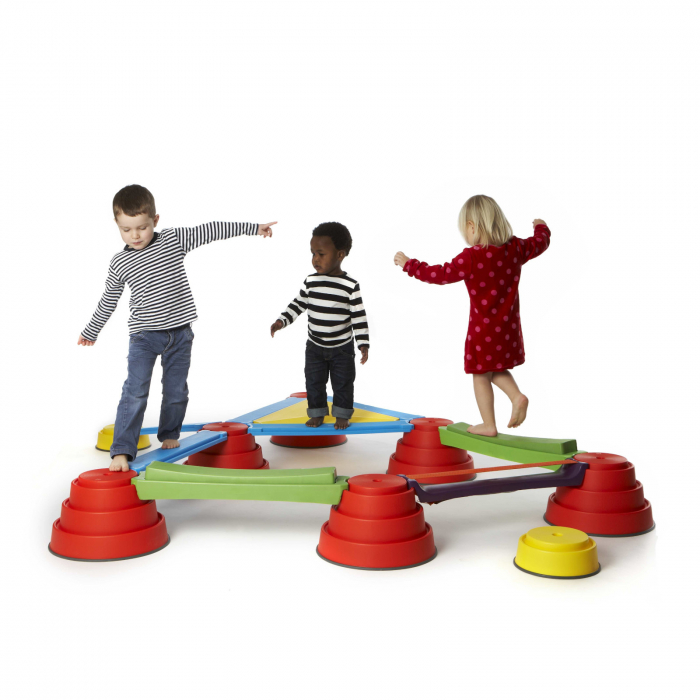 Use glitter glue to draw details and add sparkle!
Use glitter glue to draw details and add sparkle!
When the design is ready, carefully cut it out along the outline. Attach a wooden stick to the back of the picture - you get a chrysalis on a stick. Then put on a puppet show on the kitchen table (for example, you can act out your favorite children's fairy tale).
My Family Poster
Kids love making large colorful posters with letters and pictures. And this one is also dedicated to the family.
Illustration from My Family Book
You will need:
- Large size solid color cardboard sheet
- Photos of family members (or child with other family members)
- Glue or tape
- Markers
Have the child choose their favorite photos of family and friends, lay them out on a large piece of cardboard and stick them on. You can come up with funny captions for pictures together. Help older children write names under the photo.
Six questions
A simple and fun game that adults can use. It will help you write incredible stories!
It will help you write incredible stories!
You will need:
- Pencil and paper
Explain to your child that together you will make up a funny story about animals, people or imaginary creatures. Then ask him six questions (see below) and you'll have ideas on where to start. (If you are afraid to forget, write down the answers.)
- Who will be the hero of our story? (Child answers: "Crocodile!")
- What is his name? ("Lesha!")
- Where does he live? ("In the house")
- What color is the house? ("Pink")
- What does the crocodile like to do in his spare time? ("Play football")
- What is his favorite food? ("Ice cream!")
Collect all the answers and start composing! Introduce your hero and come up with a funny and ridiculous plot, weaving all the details into it. Do not drag out the story, because the attention of a 3-5-year-old child will not be enough for a long time (no longer than 3-6 minutes).
Creativity at school age (6–12 years old)
Ages 6 to 12 are ideal for creative activities. The motor skills of the child are already quite developed, and he is well controlled with any tools and materials. Drawing, music, construction, dancing, theater, storytelling - everything is subject to him!
The task of adults is to create conditions so that the child can try himself in all kinds of creativity that he likes. Remember: he must like what he does. Do not put pressure on him, and he will take on new projects with optimism and confidence.
Creative activities for young photographers
Children aged 6-12 love taking pictures! Collections of original shots can be saved, made into collages, and used for other creative projects.
Source
You will need:
- Camera
Give your child a task: find and photograph objects of a certain color or places of interest. He can choose the theme for his pictures and make his own collection of photos.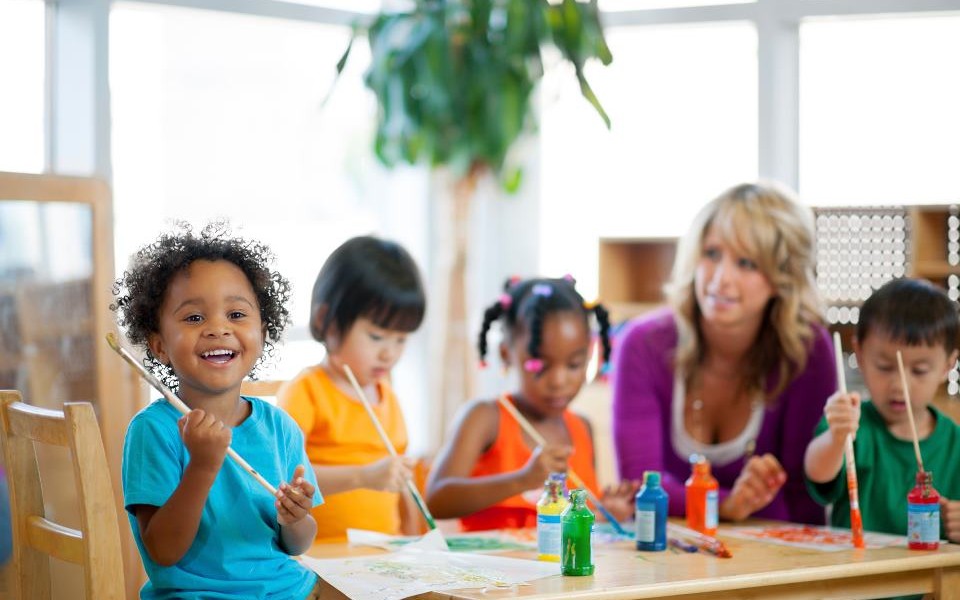 To get you started, here are six topics for photo finds.
To get you started, here are six topics for photo finds.
1. Colors . The child chooses a color or color combination and takes pictures of interesting objects of the same color that come across to him.
2. Nature . Plants, animals, water, sand, clay, puddles - the list is endless. Let the child capture all the most beautiful things in nature.
3. Places . Just take a closer look at the most familiar things: buildings, sidewalks, hills, villages, schools, playgrounds, auto repair shops, supermarkets, banks... Is it possible to photograph all this in an original way? Maybe from close range or far away?
4. Friends . It can be people or four-legged friends. Invite your young photographer to take some pictures of your friends in unusual situations and try to capture their actions, movements, facial expressions.
5. Toddlers . Babies and baby animals are the perfect subject for photography: they sleep, play and move in a completely different way than adults! Encourage your child to take pictures of babies or baby animals in the yard, at the zoo, or in the countryside.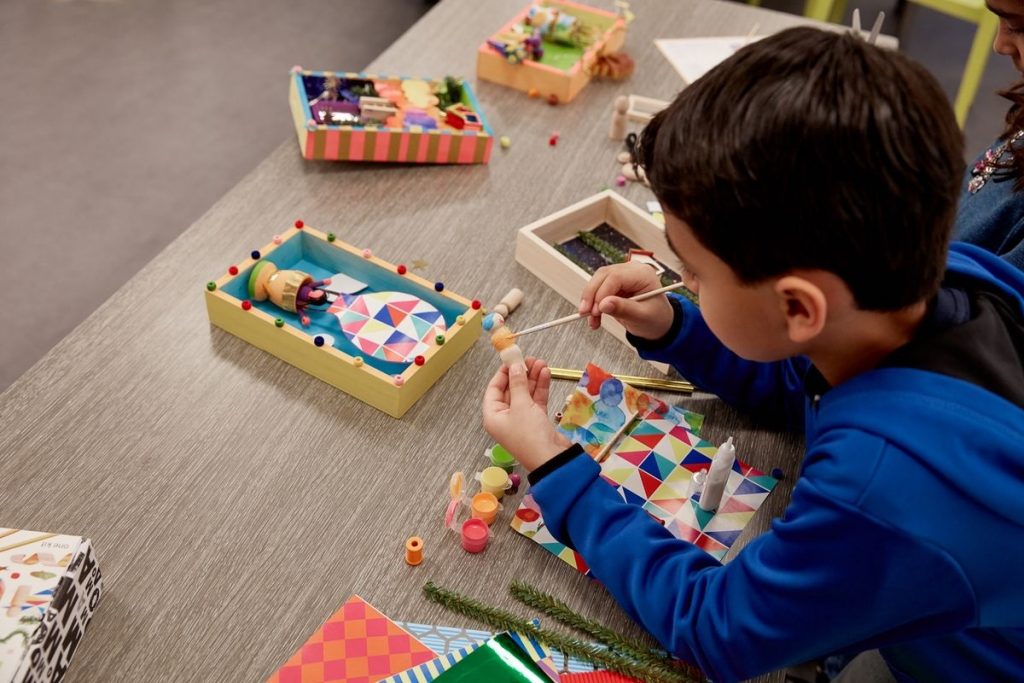
6. funny photo . Can your young photographer catch strangers (and acquaintances) or your pet in funny situations? Or take a picture of you laughing heartily? (Maybe your photographer would like to collect a whole collection of pictures of laughing and smiling people.)
Strange Familiar Tales
This is a very fun and useful exercise for developing the imagination.
Source
You will need:
- Paper and pencil (or computer and printer)
We choose one of the classic fairy tale plots and come up with a new denouement! We write it down or tell a new story aloud.
Classic fairy tales to remake:
- Snow White
- Wolf and Fox
- Ugly duckling
- Geese-swans
- Cinderella
- Puss in Boots
- Beauty and the Beast
- Little Red Riding Hood
- The Princess and the Pea
- Sleeping Beauty
- Three Bears
- Three Little Pigs
- The Frog Princess
Cardboard Robot
Gather the supplies and let your child feel like an innovator robot builder! Robots can be painted in different colors, painted with unusual patterns, and even give them different facial expressions.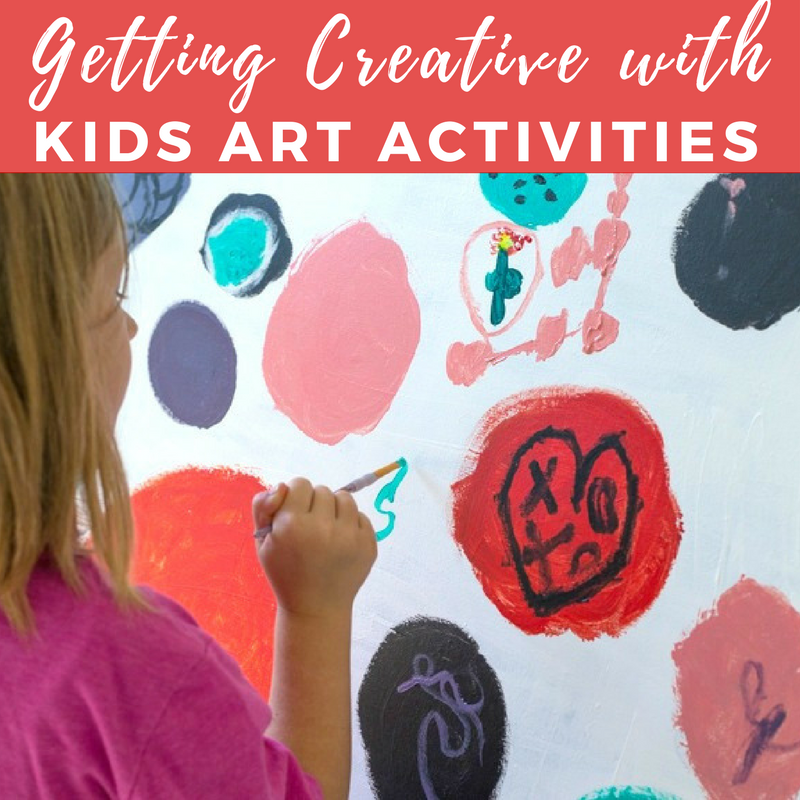
Source
You will need:
- Various sizes of cardboard boxes (small, medium and large)
- Various types of tape and electrical tape - plastic tape, packing tape, transparent tape
- Scissors
- Possible, but optional: toilet paper rolls, plastic bottles, plastic cups, bottle caps, egg cartons, markers, glue, fluffy wire
This is a co-creation project: make your own cardboard robot from the suggested materials. (Older children can work on their own.)
The project is challenging and trial and error, but it helps children learn how to find the best solutions and put parts together in the most efficient way.
Keep a positive attitude, remember that the main thing in any business is the pleasure of the process itself, and be ready to help correct small design flaws.
Based on the book "500 ideas for creative development"
Post cover from here
5 ideas for creative activities with children
Irina Balmanzhi
Creativity should be present in the life of every child, even if he does not become a great artist or writer.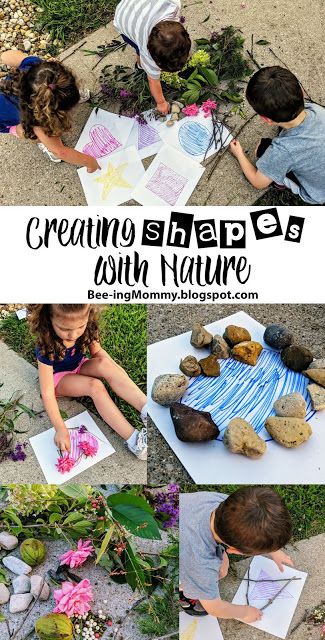 Drawing, gluing collages, making crafts or writing stories is not only interesting, but also very useful. Such activities develop fantasy and speech, teach courage, curiosity and diligence, help to find oneself and get to know the world around.
Drawing, gluing collages, making crafts or writing stories is not only interesting, but also very useful. Such activities develop fantasy and speech, teach courage, curiosity and diligence, help to find oneself and get to know the world around.
So be sure to try to captivate your child with creativity! And master classes from our books will help in this.
Story Bricks
The games in the Story Jar help children develop their creativity, express their thoughts, and improve their communication skills. In each task, you need to show your imagination and compose a story based on small hints: reminder cards, magic stones, a pocket puppet theater, a mailbox, and so on. We publish one of the exciting exercises.
Roll the die and let fate determine the plot of the story. You can play alone or in a company.
Time to make: 1 hour
Age
to make: 5+
to use: 3+
Materials
- 9002 paper and 2 pencils
- small stamps
- black ink
- small wooden cubes
- fine ballpoint pen
- colored pencils
Possible categories and images
- characters (people, monsters, fish, bees)
- items (phone, candle, book, bucket)
- weather description (clouds, rain, snow, wind)
- scene (sea, forest, house, school)
- numbers (100, 3, 10, 2)
- food (cake, cheese, pizza, eggs)
- emotions (expressed with smiley icons)
- tools (wrench, hammer, rope, ruler)
- animals (moth, rabbit, mole, lion)
- magical items (pebble, magic wand, potion, web)
- clothes (t-shirt, boots, overalls, gloves)
- natural objects (tree, bird's nest, mushroom, mountain)
How to
Make a list of characters, objects, and locations that you would like to put on the dice.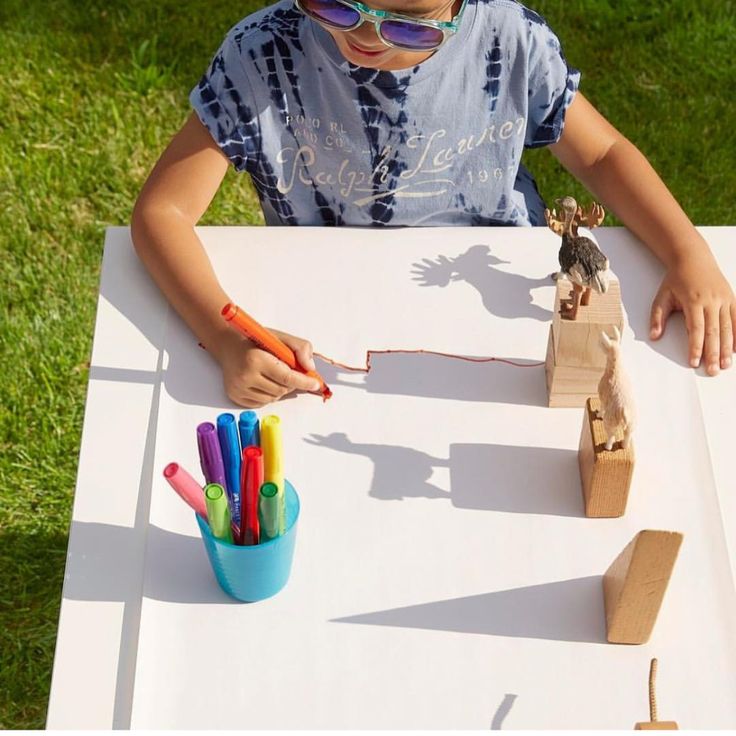 You can make themed cubes with pictures from only one category: for example, heroes, locations, things, magic items, weather descriptions. And you can make diverse cubes, on their faces there will be pictures from different categories.
You can make themed cubes with pictures from only one category: for example, heroes, locations, things, magic items, weather descriptions. And you can make diverse cubes, on their faces there will be pictures from different categories.
The advantage of the first type of dice is that by rolling two dice, you know in advance what will come up, for example, one character and one item. On the other hand, if you roll a die of the second type, you can get two action locations or two weather descriptions, which is not very convenient.
Stamped Cubes
Dip the stamp in the ink and press firmly onto the die.
Drawing cubes
Outline the image on the cube with a fine ballpoint pen. (Don't use a marker as it leaves a very thick line.) Color with colored pencils.
How to use
- If you are playing alone, just roll the die and start making up a story based on the combination of pictures. When you run out of ideas, roll the die again and keep going.
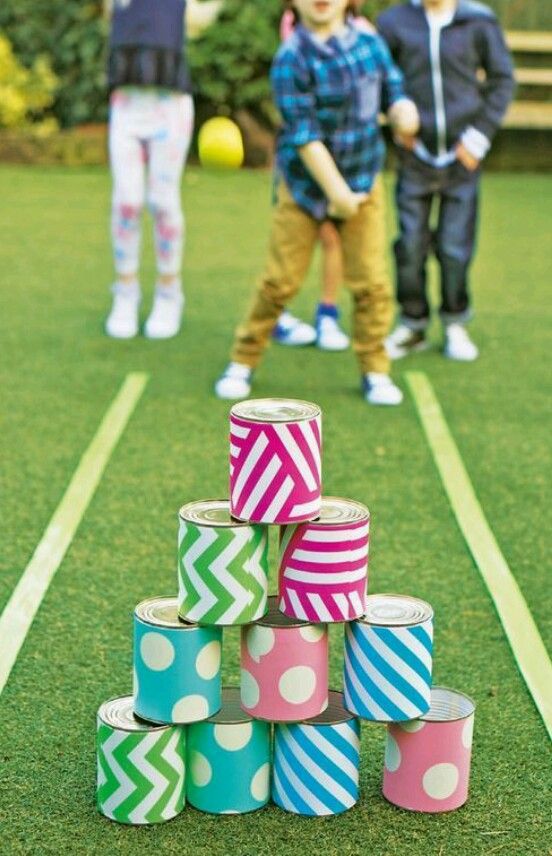 If there are several children, let them roll the die one by one and weave the resulting images into a common story.
If there are several children, let them roll the die one by one and weave the resulting images into a common story. - Note that six dice produce 36 different images and 46,656 unique combinations. It's hard to imagine such a number! The more dice in your collection, the more combinations you can get, resulting in a virtually unlimited supply of plots.
Other Interesting Ideas
1. If you have guests, take out the story cubes after dinner and invite them to play the story.
2. Beautifully packaged cubes, together with a small notebook, make a good gift.
3. Take a couple of cubes on a long car trip. Take turns rolling them and making up stories based on the combinations that came up
Advice for the teacher
Have students make sets of story blocks for creative writing. To keep the children fun and interesting, encourage them to exchange bricks. Maybe it will become a new school tradition.
We draw in the technique of scratching
When to start doing art with a child? As soon as possible! The author of the book "Creativity with Babies", designer, blogger, soft toys and decor maker Natalya Kostikova shares ideas for a variety of creative tasks.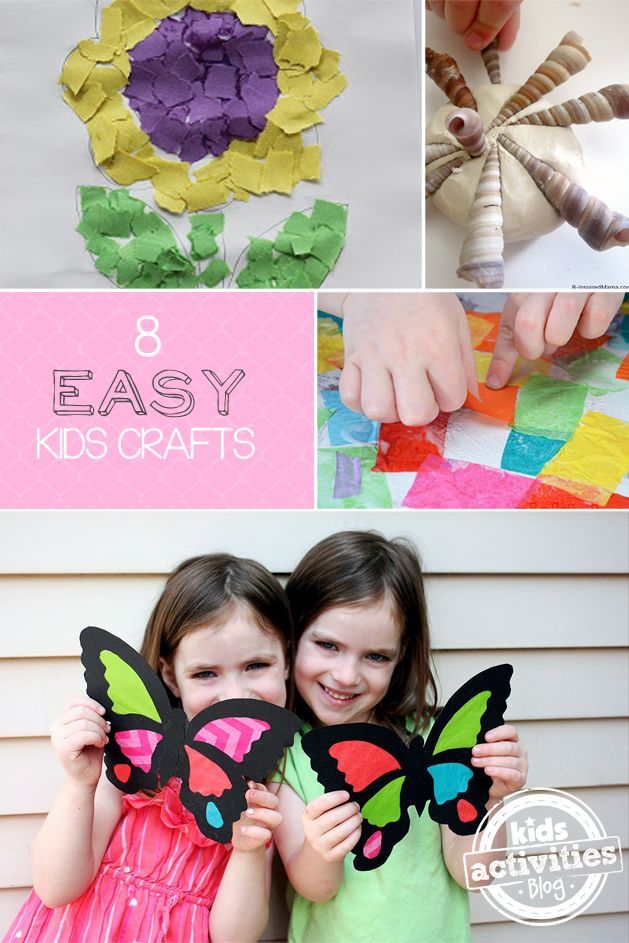 Some of them will be interesting even for older children. For example, drawing using the scratching technique will appeal even to adults. Shall we start?
Some of them will be interesting even for older children. For example, drawing using the scratching technique will appeal even to adults. Shall we start?
Grattage, or waxography, is a technique related to engraving. This is the case when both the process and the result are equally interesting. Still: you scratch with an ordinary wand on a dark background, and you get white or colored lines, from which the conceived picture gradually develops.
Before starting work, rub a sheet of paper with wax or ordinary candle paraffin, and then cover it with black gouache.
Let the workpiece dry - this will take about an hour. If there is no gouache, you can also use watercolor, but be prepared for the fact that the sheet will have to be primed several times, painting over the bald spots.
This technique is also good because of the variety of options. You can paint the sheet any color you want before waxing it. Gouache can also be of different shades. In addition, you can color the base with colored wax crayons.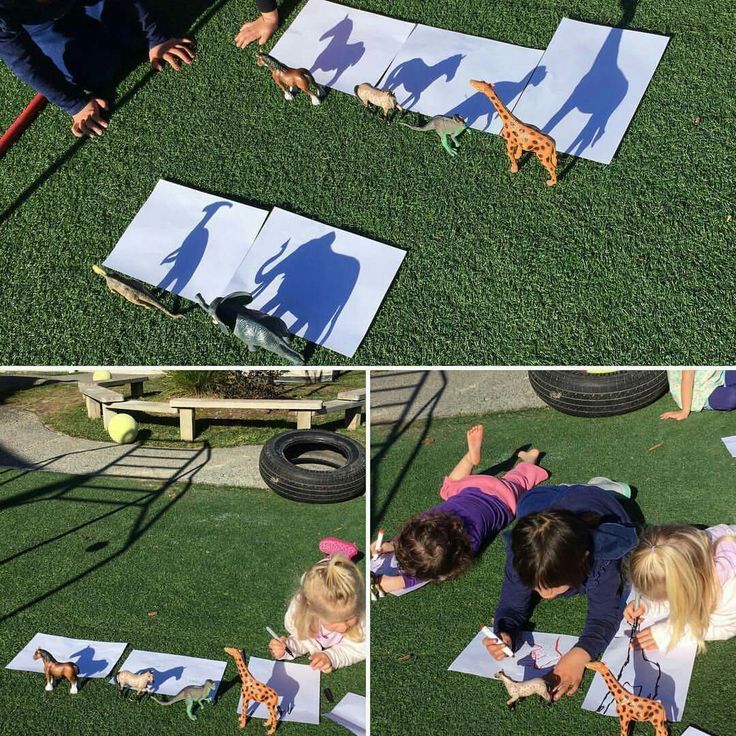
Use a plastic stack, bamboo skewer, toothpick or any other sharp but child-safe stick as a scratching tool. Show your child how to use the tool to make a line, and you can safely go about your business - waxography will captivate your child for a long time.
Magnetic Theater
In the Play with Kids collection you will find many ideas for creative activities with kids. Well-known blogger Lisa Arie, the author of the book, talks about art projects, unusual crafts, experiments, games, and even family holidays! We publish one of the master classes.
The Magnetic Theater is a great travel option: it is very compact and can even fit in your pocket. Yes, and it's easy to make!
You will need:
- Small candy tin
- Small sticker set for kids
- Magnetic tape (promotional magnets can be used)
- Scissors
- Adhesive
- Colored paper or scrap paper (for decoration)
If you don't have any magnet sheets (available at art supply stores), dampen advertising magnets with water.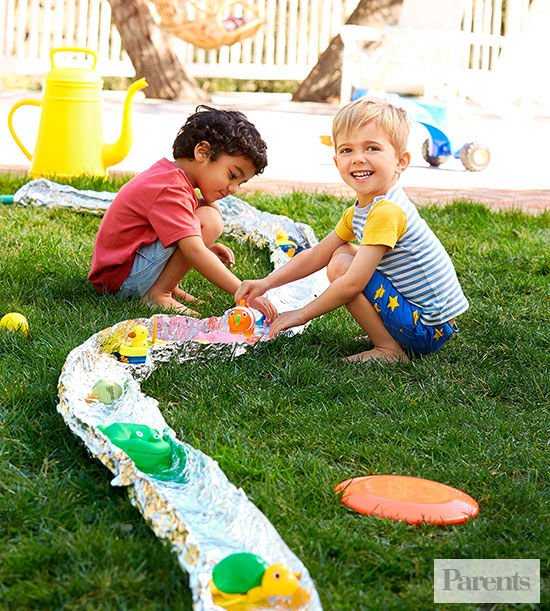 Peel off the top paper layer, leaving only soft magnetic tape. Take ready-made small stickers or draw whatever you want on paper, and then cut and stick to magnetic tape. Paste the lid and the inside of the box with colored paper.
Peel off the top paper layer, leaving only soft magnetic tape. Take ready-made small stickers or draw whatever you want on paper, and then cut and stick to magnetic tape. Paste the lid and the inside of the box with colored paper.
It is interesting to play with different characters, stage your own performances and invent fairy tales. And you can arrange different games, for example, "Answer what is missing." The essence is simple: the players are asked to turn away, the host removes one figure (or swaps), and then asks to guess what has changed.
This road game is sure to become a favorite!
We make mosaics, collages and decorations from pasta
Creative activities are useful not only for the imagination, fine motor skills and emotional development of the child. They teach him to think, compare, explore, invent, make decisions and act independently. The mother of two children Jean Van't Hal, who wrote the bestseller "Creative Parenting", is sure of this.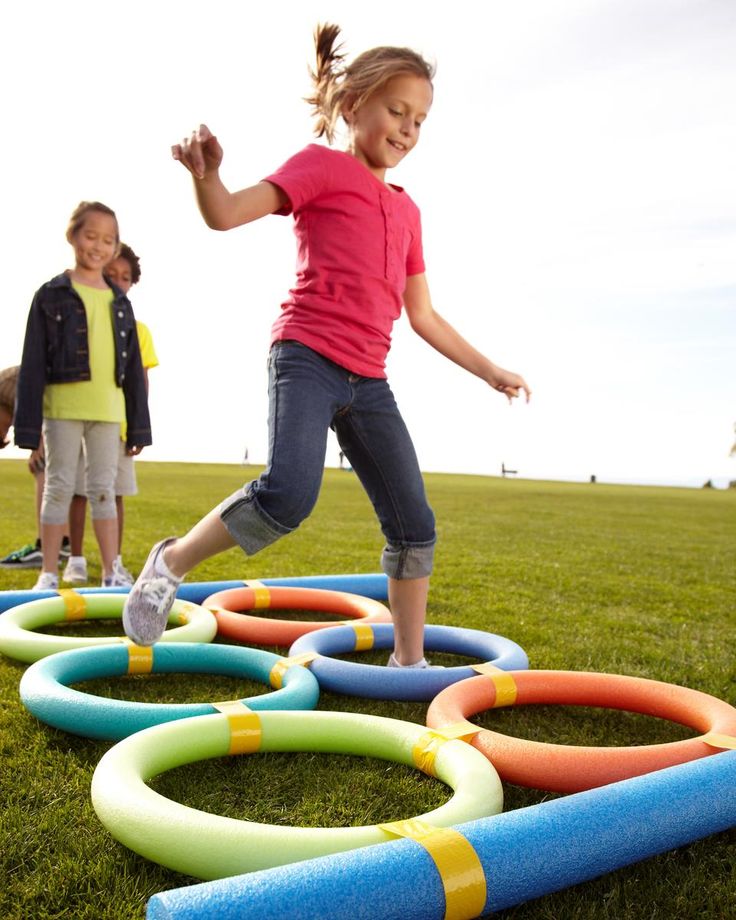 In her book, she collected many master classes for children from one to eight years old. We share one of the original ideas of the author.
In her book, she collected many master classes for children from one to eight years old. We share one of the original ideas of the author.
Color pasta and rice in vibrant colors and use them to create collages, mosaics and decorations.
Photo by @fly_irinka84
Photo by @lyaka.k
Materials
- Miscellaneous pasta or white rice
- Zippered plastic bags;
- Rubbing alcohol;
- Food colorings.
Manual
- Divide pasta or rice into different bags. You will get one bag for each color.
- Take one bag and pour a teaspoon of rubbing alcohol into it. Close the zipper and shake to distribute the alcohol evenly.
- Open the bag and add food coloring.
- Close the bag again and shake it to distribute the paint evenly.
- Lay contents out on a baking sheet to dry.
- Repeat these steps, changing colors.
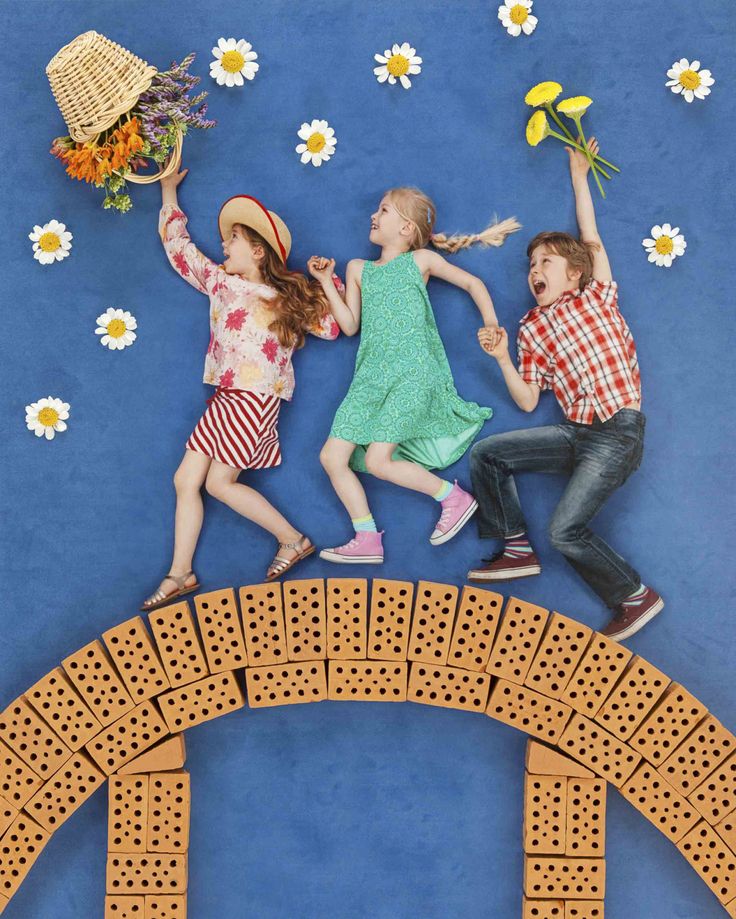
Things to do with dyed pasta or rice
- String pasta to make necklaces and other jewelry.
- Use pasta or rice in collages and mosaics.
Making crafts from anything
Art teacher Raquel Dorley has collected 55 workshops and non-standard experiments for little explorers in her book Creative Workshop. There are many exciting activities here that will appeal to absolutely all lovers of creativity, but especially to children from two to seven years old. For example, the author tells how to make collages, play with soap bubbles, assemble marmalade constructor, make homemade ice cream and draw with invisible ink.
One of the original ideas is to create crafts from waste materials.
By constructing from anything that comes to hand, the child learns to use any available resources and draw inspiration from the most ordinary things. Waste materials for crafts are easy to find: egg cartons, coffee filters, thread, wood chips, shreds are in almost every home.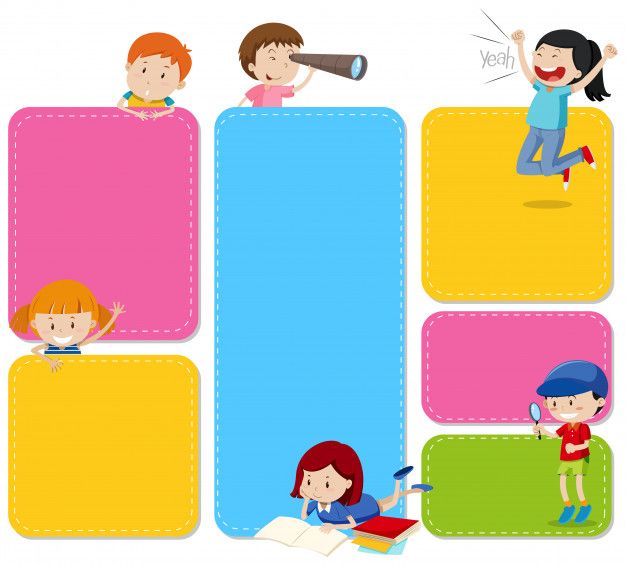 It is enough to put them in a special basket or box and put them in the workshop.
It is enough to put them in a special basket or box and put them in the workshop.
Natural materials are also good for projects of this kind - cones, twigs - especially since they cost absolutely nothing. When the construction reaches an impressive size, the child will have to figure out how and with what to fasten it.
You will need:
- Mixable waste materials: cartons, egg cartons, yogurt cups, milk cartons, plastic bottles, yarn, wrapping paper
- Glue gun. It can be given to a child, provided that you clearly explain how to use the tool. Be sure to follow the process. Explain to your child that the metal tip is very hot and should not be touched. Do not intimidate, just teach to treat the gun with healthy caution.
- Interesting little things, such as feathers, sequins, beads
- Narrow tape in holder
- Adhesive
- Stapler
- Markers
- Scissors
- Waste bin (place side by side)
Collect various materials.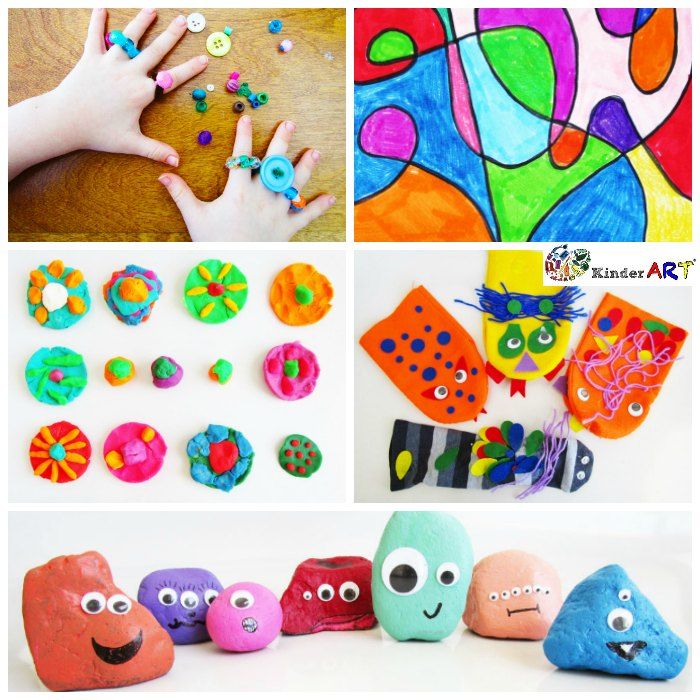 You and your child might want to keep an inventor's kit (a box of stuff) with you. For a week or two, put various useful things there. When enough materials have accumulated, you can get to work.
You and your child might want to keep an inventor's kit (a box of stuff) with you. For a week or two, put various useful things there. When enough materials have accumulated, you can get to work.
Sit next to your child and show him how to join objects with a glue gun, tape, stapler and glue. It is better to connect paper and light objects with PVA glue, adhesive tape and a stapler, and a glue gun is suitable for heavier objects.
To inspire your child, give him some ideas to think about.
- Offer to build a tower that won't fall.
- Build a sculpture that represents a robot, person, car, or machine.
- Give your child a basket of materials and ask them to use everything in it.
- Make something out of many identical objects. Put a hundred lollipop sticks or a few dozen paper cups on the table, add scotch tape and start building. To do this, you will need exactly two types of things: the objects themselves and what they will be fastened with, for example, wood chips and PVA glue, drinking straws and scotch tape or corks and a glue gun.
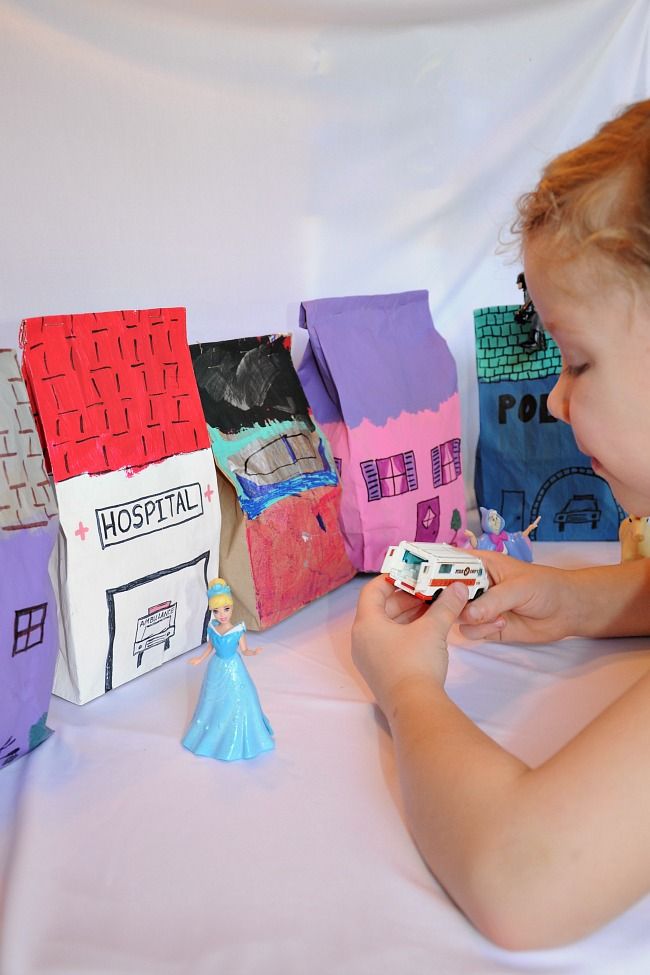
Learn more


